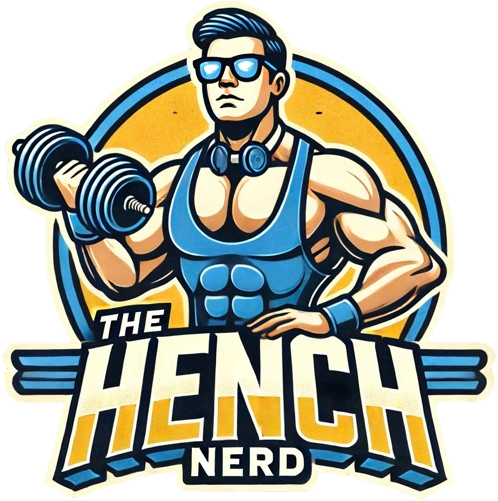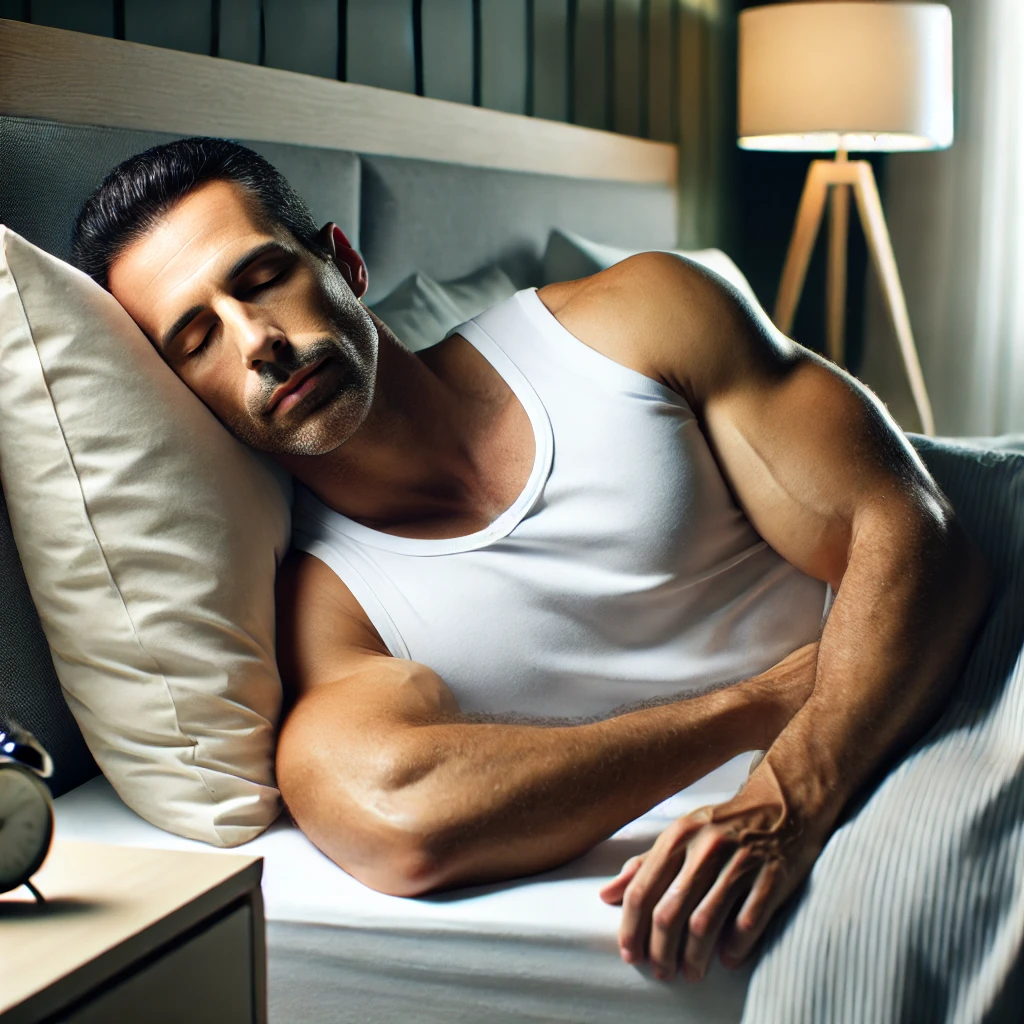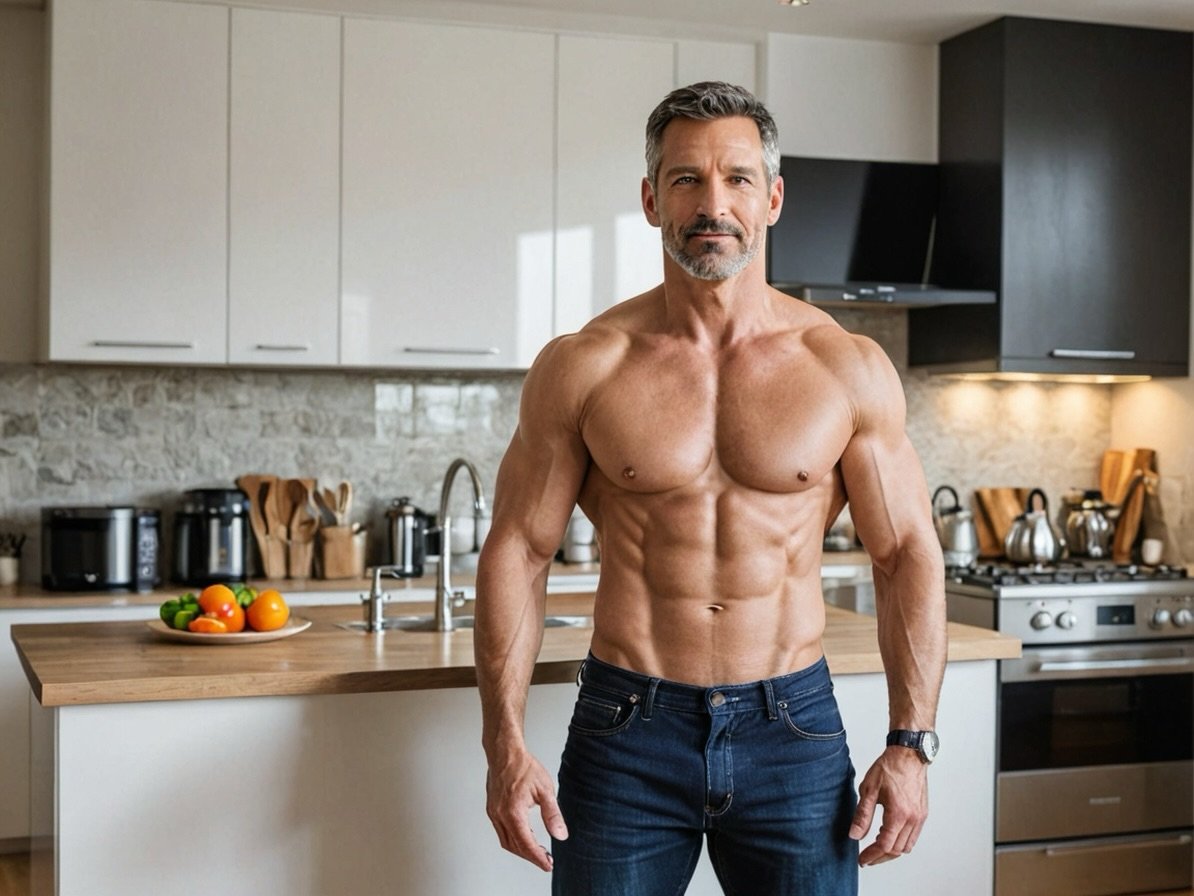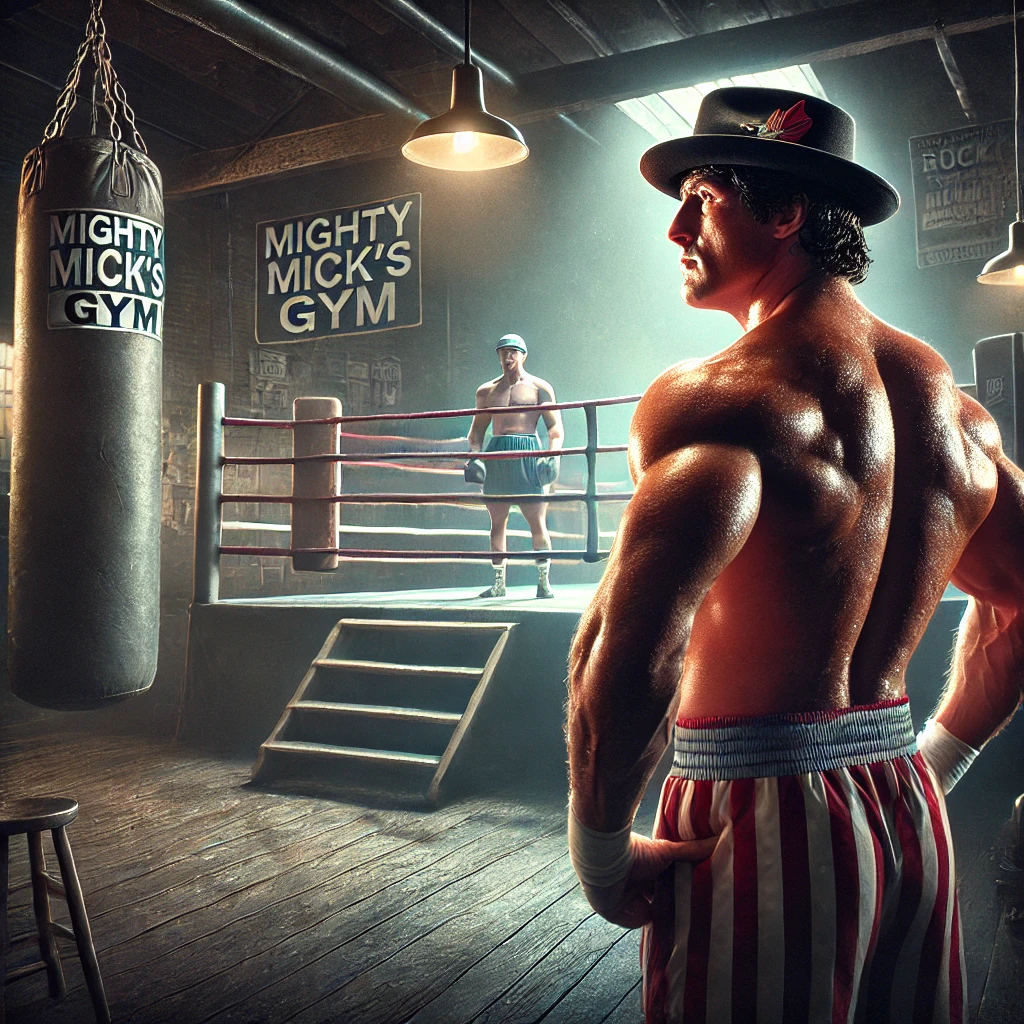Does Sleep Improve Testosterone Levels? [Facts You Need to Know]
Does sleep improve testosterone levels? Massively. When it comes to boosting testosterone naturally and addressing potential low testosterone symptoms, most people think of exercise, diet, or perhaps a cocktail of supplements. But often overlooked is the simplest, most effective testosterone booster of all: quality sleep.
It’s not just about getting rest—sleep plays a crucial role in hormone regulation, particularly testosterone, which peaks during sleep and drops as we wake.… Read the rest










